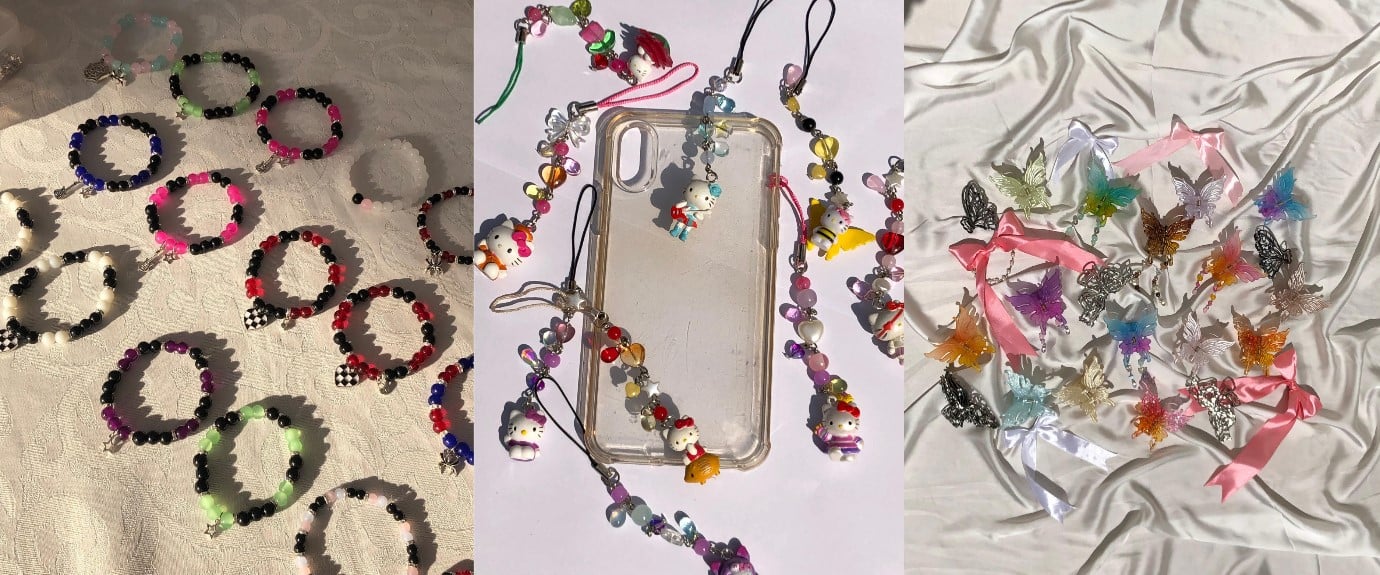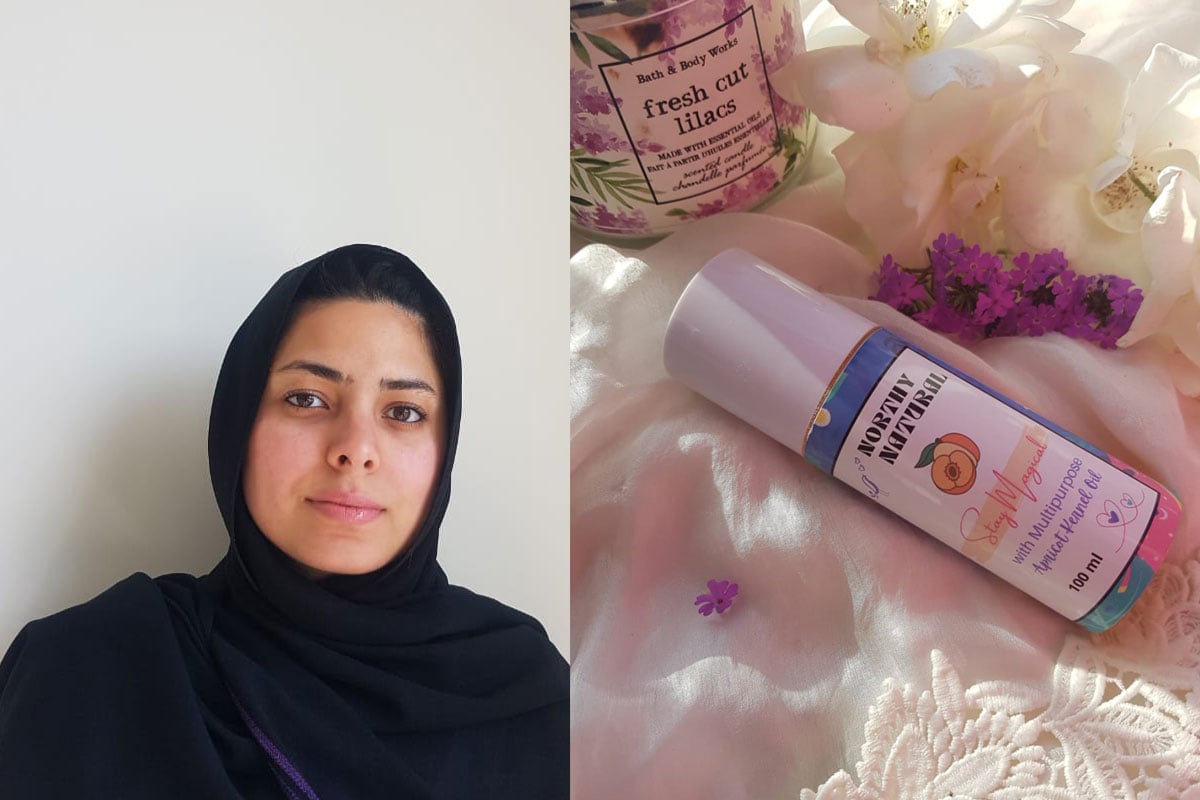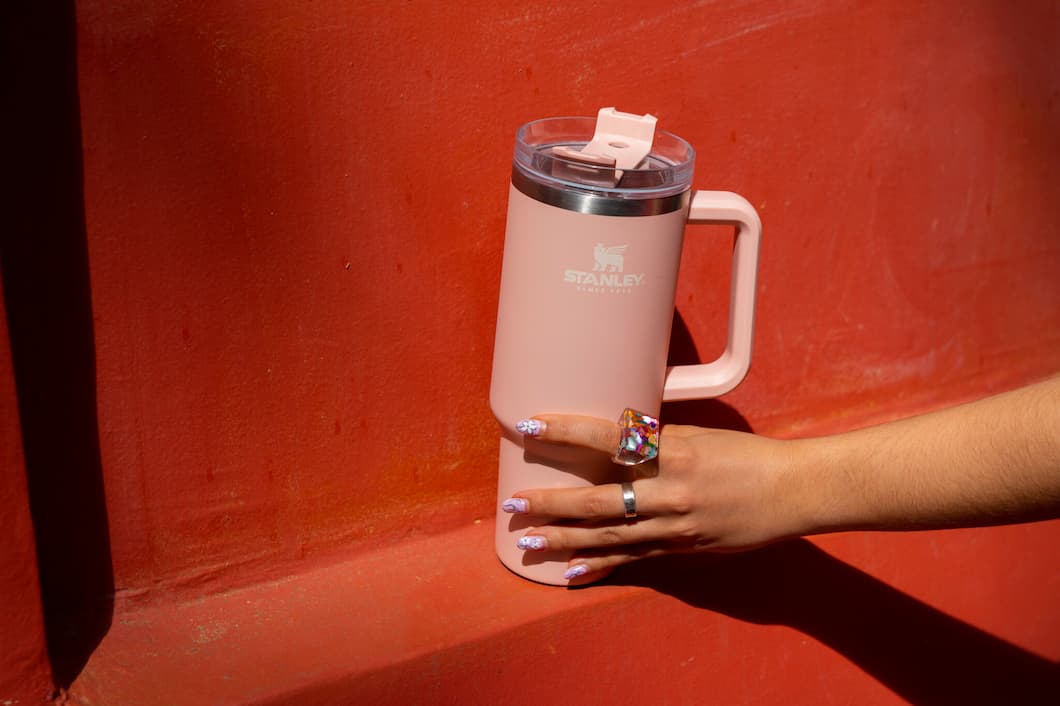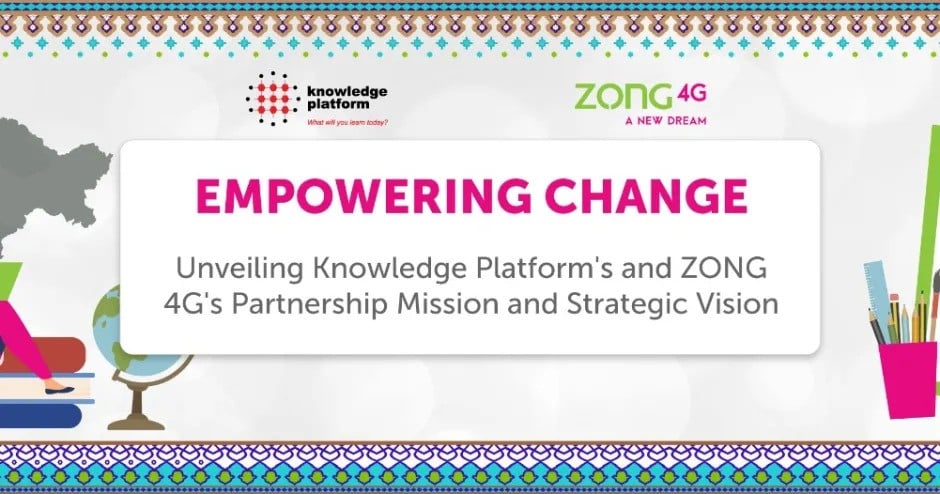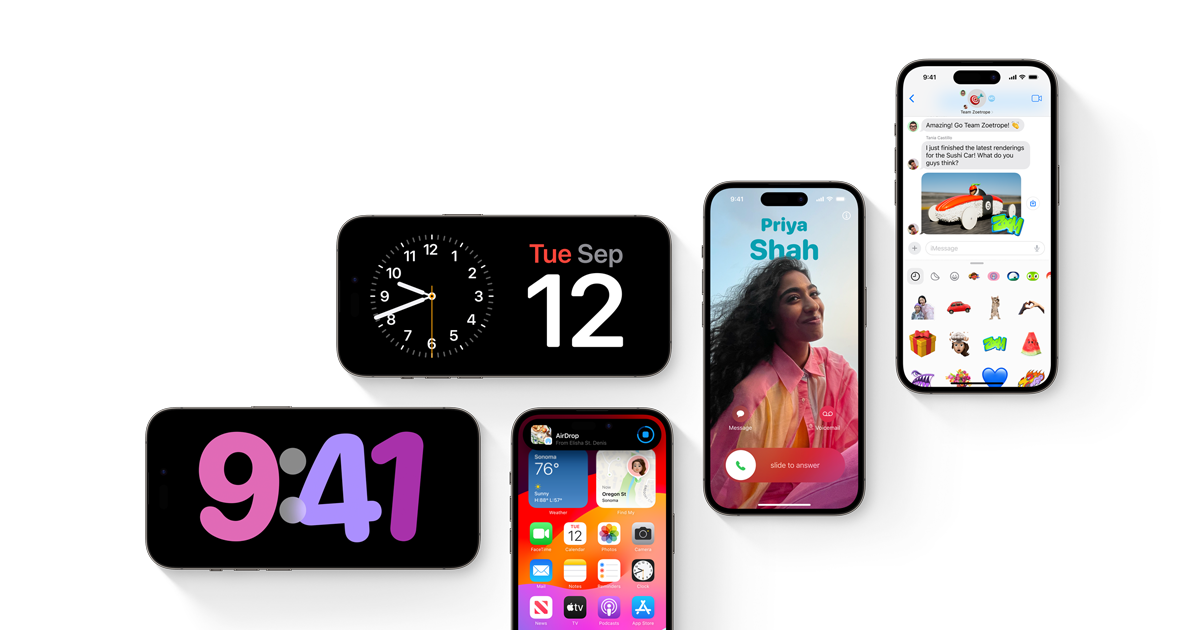Sustainability’s No.1 Enemy: Fast Fashion
3 minutes read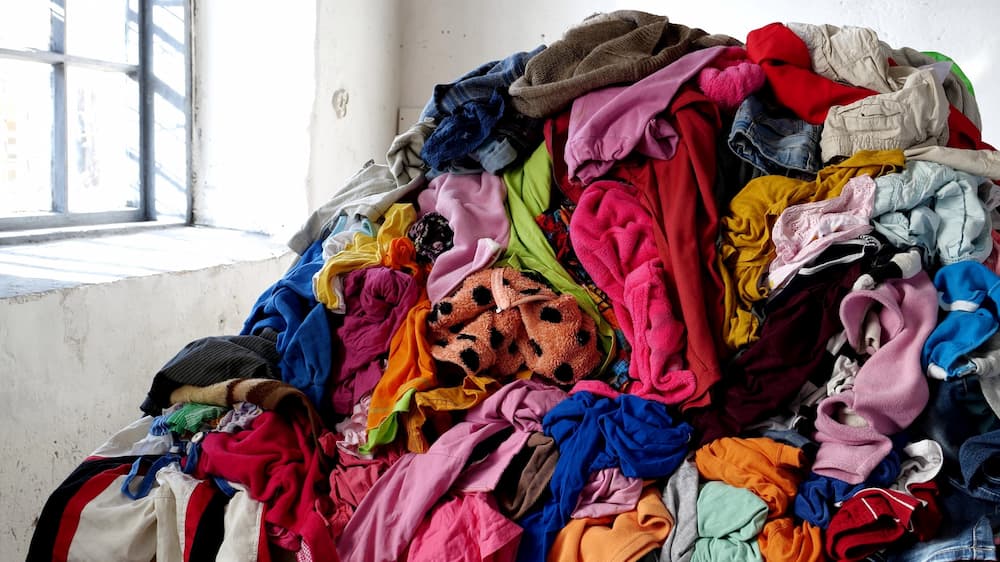
Gen Z is one of the most environmentally conscious generations; they guilt trip themselves into using reusable straws, monitor how much water they use, and even hold others accountable to make greener choices. However, one bad habit that this generation refuses to abandon is likely the most significant consumer-related cause of environmental degradation: fast fashion.
Clothing that is quickly created at low cost in response to current trends by major merchants is known as "fast fashion." Billion-dollar companies like SheIn, Shop Cider, H&M, and other global retailers are guilty of producing it.
Such fashion has become a popular choice among Generation Z due to its affordability and accessibility. The constant desire for new and trendy clothing leads to a high turnover rate, resulting in excessive waste and pollution from the production process. Despite being aware of the environmental consequences, the convenience and allure of it continues to outweigh the desire for sustainable alternatives.
It's a never-ending cycle of trend-following. Trends emerge swiftly on social media platforms such as TikTok and Instagram, but they often fade quickly. According to the United Nations Economic Commission for Europe, consumers are purchasing more garments and wearing them for shorter periods of time than ever before. The environmental impact of this is unparalleled.
Fashion production accounts for 10% of total world CO2 emissions, the same as the European Union. It depletes water resources and pollutes rivers and streams, while 85% of all textiles end up in landfills each year. Every year, washing garments contributes 500,000 tons of microfibers to the ocean, the equivalent of 50 billion plastic bottles. Increased demand for rapid fashion leads to increased fashion manufacturing.
The answer is as follows: It's a straightforward economics lesson. Less demand inevitably leads to less supply. Trends should not determine your fashion style, and even if they do, there are ways to purchase items more responsibly, such as thrifting or reconstructing your old garments.
Slow fashion is a popular response to rapid fashion and its environmental effects; it is an argument for putting a stop to wasteful manufacturing, overcomplicated supply systems, and unthinking consumerism. It promotes production that is kind to people, the environment, and animals.
By embracing ethical fashion, individuals can make a conscious choice to support ethical and sustainable practices in the fashion industry. This movement encourages consumers to prioritize quality over quantity, invest in timeless pieces, and support brands that prioritize fair wages and safe working conditions for their employees. Ultimately, slow fashion seeks to create a more mindful and responsible approach to clothing consumption.
However, in order to make an impact, this must be done on a vast scale.


















